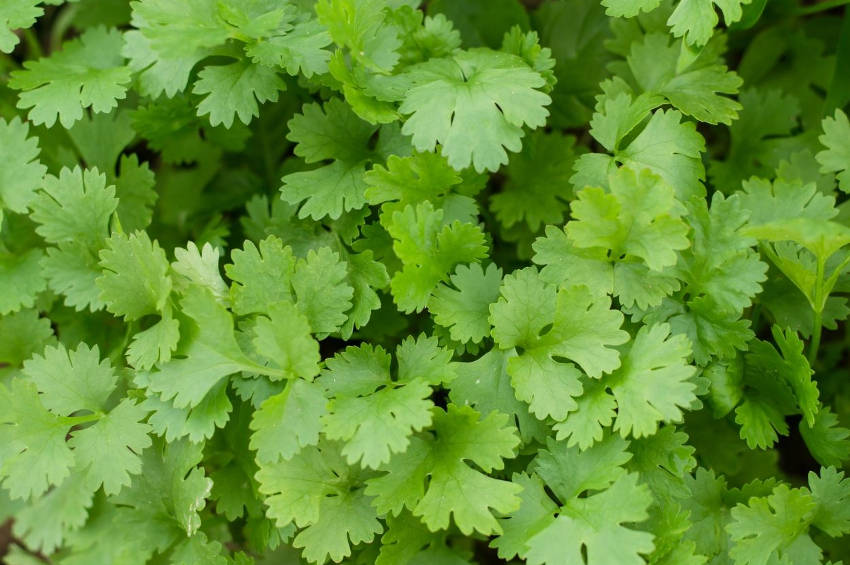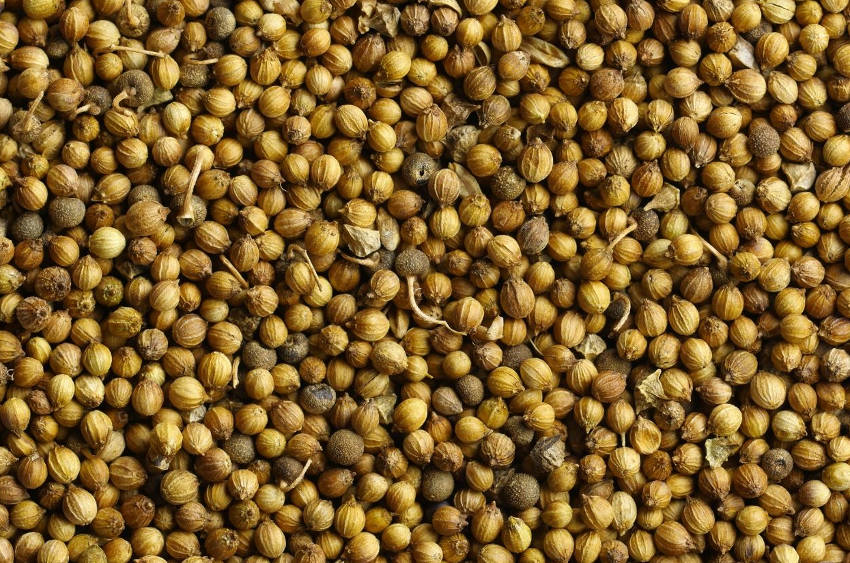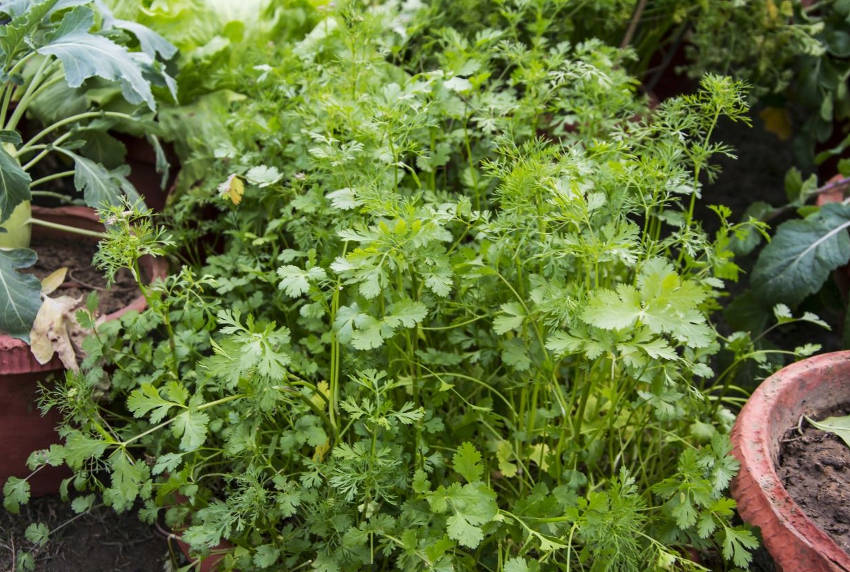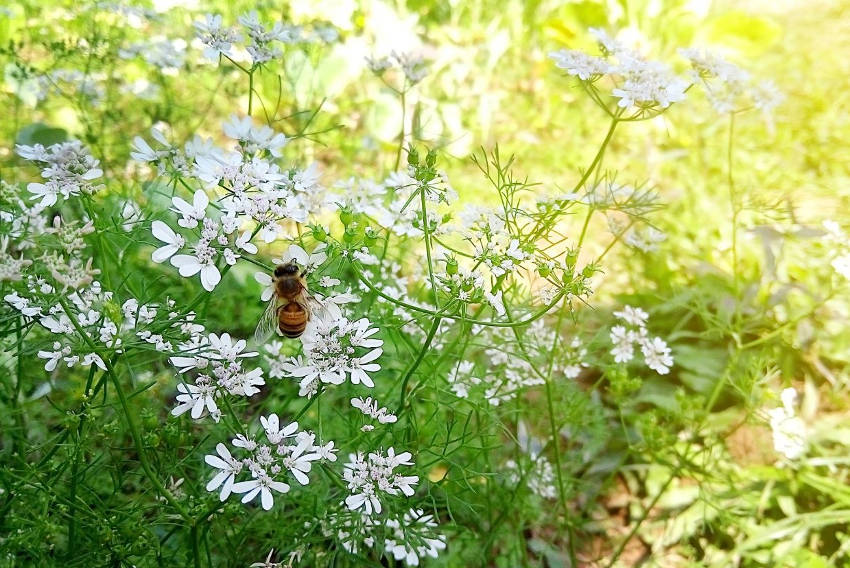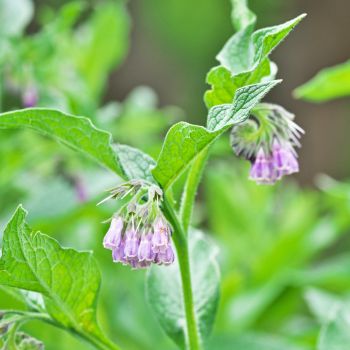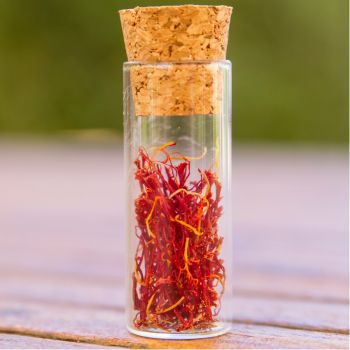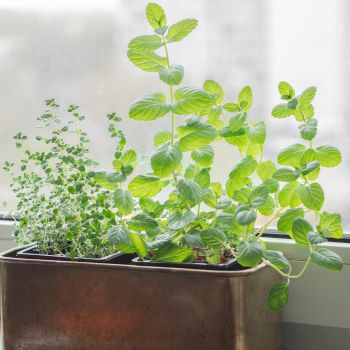Coriander is an important herb across several major cuisines, and it deserves a place in any herb garden. However, many gardeners find coriander difficult to grow, thanks to its tendency to go to seed prematurely. Luckily, this problem is fairly easy to overcome, and the results are more than worth a little effort.
What is Coriander?
The familiar culinary form of coriander is known botanically as Coriandrum sativum, and it's part of the wider Apiaceae or Umbelliferae family which also includes parsley, carrots, and several toxic plants including hemlock.
The herb is native to south-eastern Europe and the Middle East. It has a long history, with seeds found in ancient Egyptian tombs dating back 3,000 years.
From its early origins it has spread throughout the world, taking up particularly firm residencies in SE Asia, the Indian subcontinent, the Americas, and - of course - Australia.
Its widespread popularity means you'll often find recipes referring to coriander by local names, which include cilantro, Chinese parsley, dhania, and pak chee.
How Does Coriander Grow?
Coriander is a fast-growing tender annual which grows to around 60cm in height and 25cm in width. Its dark green leaves bear a strong resemblance to flat leaf parsley, although they're slightly smaller and more rounded.
In summer, it produces small white or pinkish flowers which are highly attractive to bees and other beneficial insects. If the flowers are pollinated, they go on to develop seed heads while the at the same time the foliage becomes coarser more bitter.
Culinary Uses for Coriander
in the lineup of kitchen herbs, coriander is a hard hitter. Its bright, zingy leaves divide opinion like little else. Many people find the flavour inedibly soapy, which is apparently a result of the eater's genetic makeup rather than being simply an unacquired taste.
But if you're a fan of coriander leaves, you can use them fresh in stir fries, curries, spicy salads, sandwiches and soups. Coriander has a particularly close affinity with white meats and seafood, but also goes well with sweet vegetables such as carrots and pumpkins.
The seeds have a much less divisive character, and bring an aromatic warmth and depth to slower-cooked dishes, especially darker meat-based stews and curries.
The powdered seed is a major component in the Indian spice mixture garam masala, as well as several Middle Eastern mixes such as ras el hanout.
The plant's roots are also edible, offering a flavour profile somewhere between leaf and seed, but they'll benefit from being cooked a little longer than the leaf.
Medicinal Uses
Throughout history, coriander has been put to a variety of medicinal uses. In ancient times, Chinese medicine held that the herb could confer immortality. Modern claims are a little less ambitious.
- Coriander is said to ease the digestive system, reducing wind and improving appetite.
- For similar reasons, coriander is also often paired with other medicinal herbs to help reduce their digestive side effects.
- Its reputed antibacterial qualities mean it's often added to food as a guard against food poisoning, rather than merely for flavour.
- Coriander seeds can be crushed in oil to make a poultice, traditionally used to ease joint pains.
As with all medicinal herbs, it's a good idea to treat all health claims with a pinch of salt, especially online ones, and check with a professional before trying any self-treatment.
Coriander in the Garden
Coriander can be a temperamental plant, and it's notorious for bolting to seed if conditions aren't quite to its tastes. While this is fine if you're looking for an early seed harvest, if you're growing coriander for its leaves then the plant will need treating with kid gloves.
The herb particularly dislikes root disturbance, and so it's best grown from seed in its final location, whether this is in a pot or the open soil.
Coriander is also intolerant of temperature variations. It germinates best at around 18C, and won't usually survive temperatures anywhere close to freezing. Unfortunately, it will also bolt easily in hot sun, and so careful attention to sowing times is important.
In warmer climates, sow in autumn to grow over mild winters, or in early spring so it matures before the height of summer. In cooler climates, sow in mid-spring to avoid all chances of frost.
Coriander should be grown in a bright position, but also out of full sun in the hottest months. It dislikes overly damp conditions - it can refuse to grow at all in high humidity - and so good soil drainage is essential.
Sow it in clumps on the soil surface, and cover lightly with fine compost. Germination takes between one and two weeks, and you can usually start picking leaves around two weeks after that.
Once germinated, keep the soil moist but don't allow waterlogging, and aim to water in the mornings to avoid overnight humidity.
As the seedlings grow, thin them to around 5cm spacings for leaf harvests, or around 25cm if you're growing for seed. All thinnings can be used in the kitchen from root to tip.
With a rich soil, extra feeding shouldn't be necessary over the annual's single growing season. However, coriander may need supporting with canes if you're growing it for seed, as the heads are heavy compared to the tender stems.
Coriander in Containers
It's perfectly possible to grow coriander in medium-to-large containers, although premature seed setting is an even greater risk. Sow the seeds direct into the container, making sure the compost is rich and well-drained.
Water a little and often, preferably in the mornings, while avoiding getting the foliage wet. Container-grown coriander can benefit from a light liquid feed once you start picking the leaves.
For the best growing success in containers, look for slow-bolting cultivars which will be more forgiving of their cramped conditions.
Pests and Companion Planting
Coriander has no pest problems to speak of, other than the ever-present threat of slugs and snails. The herb's strong aroma deters aphids, carrot fly, and many other insects, and so it's often used for this purpose in companion planting. However, don't grow coriander as a companion for fennel, as both of these distantly related plants seem to dislike the arrangement.
Harvesting Coriander
Coriander leaves can be picked as and when required once a healthy amount of foliage has developed. If you need large quantities at once, harvest the entire plant and the roots can be used along with the leaves in cooked dishes.
If the plant seems to be heading toward flowering, cut it back hard to leave a single set of leaves, and it will regrow at least once per season.
But if a seed harvest is your aim, let the plant flower and go on to develop a full seed head. Remove the head, and uproot and discard the rest of the plant. Place the seed head somewhere cool, dry, and airy, and once the seeds inside have turned from green to beige they can be stored in an airtight container for several years.
Although it's not to everyone's taste, coriander is a versatile and dish-transforming herb. It'll never be as easy to grow as other herbs such as mint or oregano, but with a little care you'll enjoy a harvest to beat any supermarket offering.
